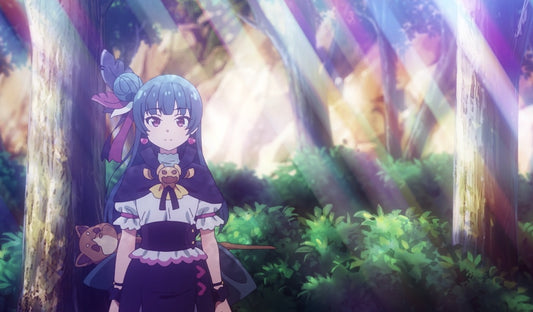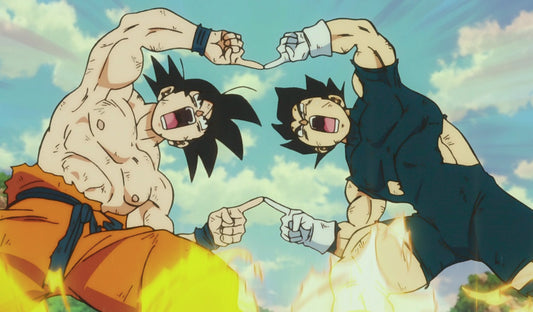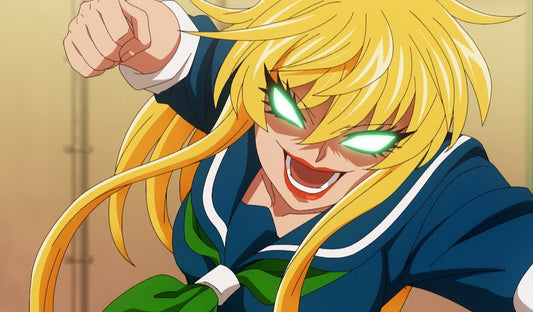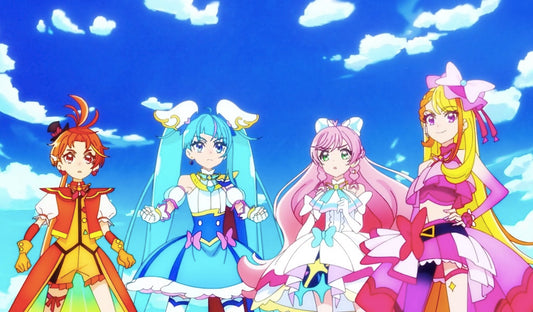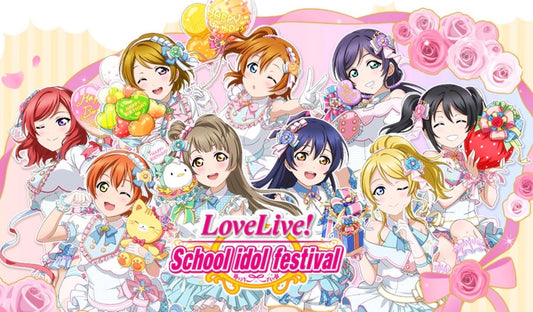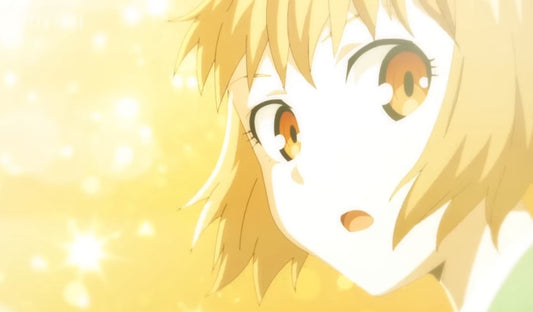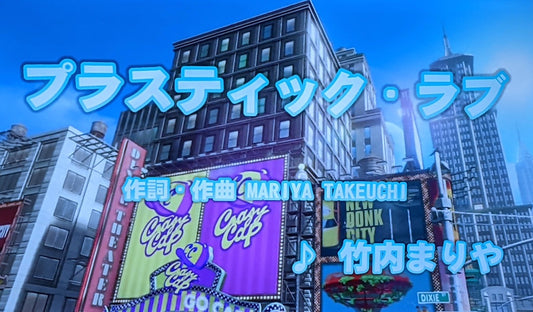Demon Slayer: Kimetsu no Yaiba and the Matter of Family
Carl LiShare
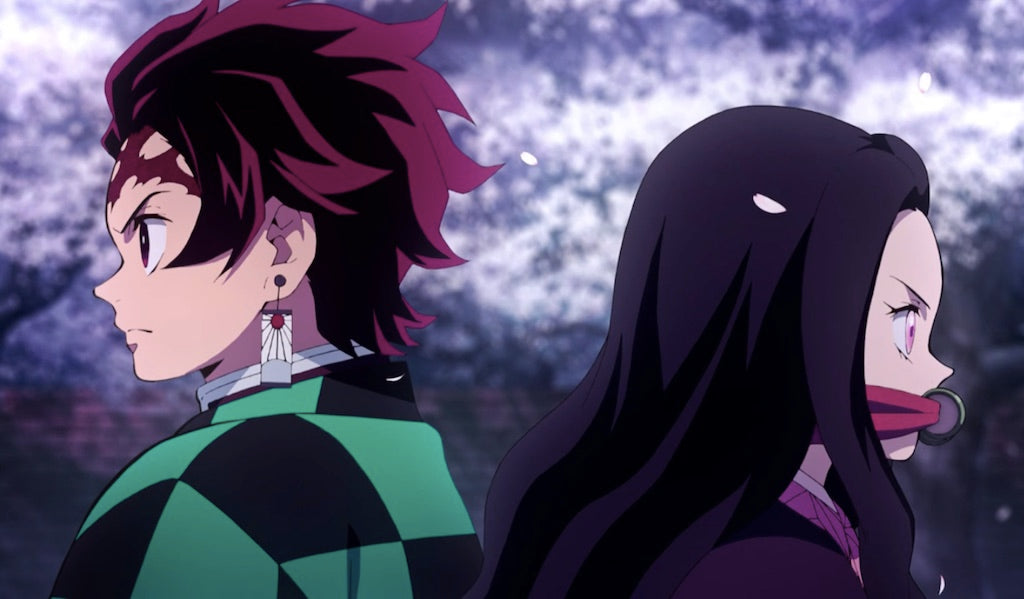
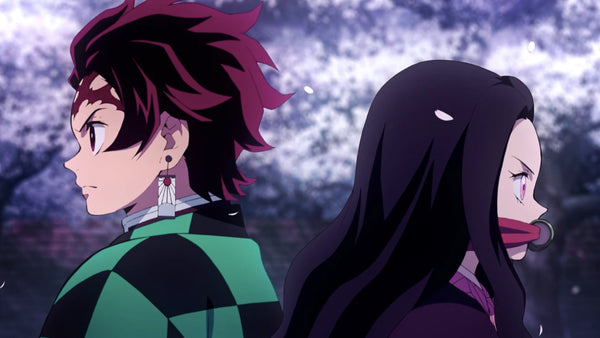
While Demon Slayer is in many ways a conventional work, what makes it stand out among similar titles is the bond between its two central characters: Kamado Tanjiro and his sister Nezuko. That core relationship, built on familial love and a world-defying optimism, gives the series a powerful sense of kindness that makes Demon Slayer feel intimate even as its world grows grander in scope.
Love Before Vengeance
The beginning of Demon Slayer sees Tanjiro and Nezuko as two of six siblings living with their mother. When Tanjiro leaves his mountain home for the day to earn some money to support the family, he inadvertently spares himself from a gruesome demon attack. Upon returning, the only “survivor” is a now-demonic Nezuko, who attacks Tanjiro. Unable to overpower his monstrously transformed sister, he’s rescued by a stranger, who warns him that there is no coming back for Nezuko, and that she must be killed. Tanjiro refuses, even defending his sister despite her animalistic desire to devour him. But just as the stranger takes Tanjiro down for Tanjiro’s own safety, Nezuko—in defiance of everything known about demons—comes to her brother’s aid. Compassion wins, and the two embark on a quest to find a cure for Nezuko, as well as find the villain who murdered their family. There’s a major quest, and there’s revenge to be had, but Demon Slayer is a story whose foundation is in love.
Tanjiro the Empathetic Soul
If we look at Tanjiro by himself, his metaphorical ID card is for a different kind of shounen hero: the gentle soul. Like Onoda Sakamichi in Yowamushi Pedal and Midoriya Izuki in My Hero Academia, they’re not as aggressive and gung ho about getting into action, nor are they quite as hyper-masculine as many classic genre protagonists. Tanjiro has a certain gift for fighting, and he gets impressively good at it, but he also shows empathy for enemies who have suffered due to their demon nature.
Compassion and Strength
When factoring in Nezuko to Tanjiro’s kind nature, their narrative is fundamentally different compared to many of Tanjiro’s shounen anime and manga peers. Goku (Dragon Ball) and Kenshiro (Fist of the North Star) both have father figures who die before the start of their stories. Luffy (One Piece) wants to gather a crew, but we don’t really get to meet anyone actually related to him until much later. Baki (Baki the Grappler) has a decidedly antagonistic relationship with his dad. These heroes often come from situations where family is initially somewhere between background element and non-existent. In contrast, the brother-sister connection between Tanjiro and Nezuko truly fuels their motivation. They are driven forward not by a desire for acceptance, a love of adventure, or a desire to test and prove their strength, but by a genuine wish to take care of each other as siblings.
Nezuko's Role
While I’ve focused mainly on Tanjiro, Nezuko’s is certainly no background character, and is just as important when it comes to Demon Slayer and its emphasis on that familial love. I also understand that it might not look that way at first glance, given that Nezuko has a muzzle of sorts on her face and often stays inside an oversized container on Tanjiro’s back due to her sun-hating demonic nature—a situation that can easily be read as keeping the girl character out of focus. Tanjiro is certainly the protagonist here, but Nezuko is shown to be immensely both physically and mentally in ways that Tanjiro can’t even match. When they fight other demons, they do so as fellow equals, each bringing something the other cannot. And because they’re brother and sister, that bond is not built on romance (no, it’s not that kind of series), which is often a place of power imbalance within shounen battle manga.

Conclusion
Demon Slayer is home to a large and eclectic cast of characters, all of whom have wild and fantastic powers. However, it’s ultimately the simple yet profound relationship between Tanjiro and Nezuko as siblings that grounds the overall narrative and allows the series to emotionally resonate with its audience. The result is an anime and manga that does not necessarily break the well-worn shounen battle genre, but bends and curves it in ways that encourage it to grow and evolve.
